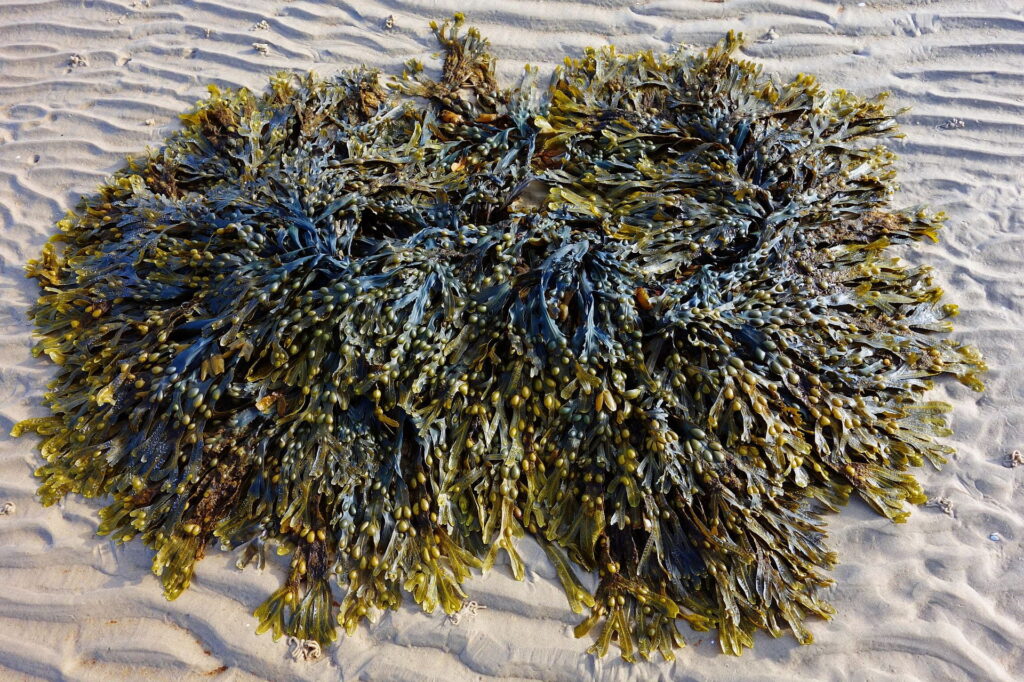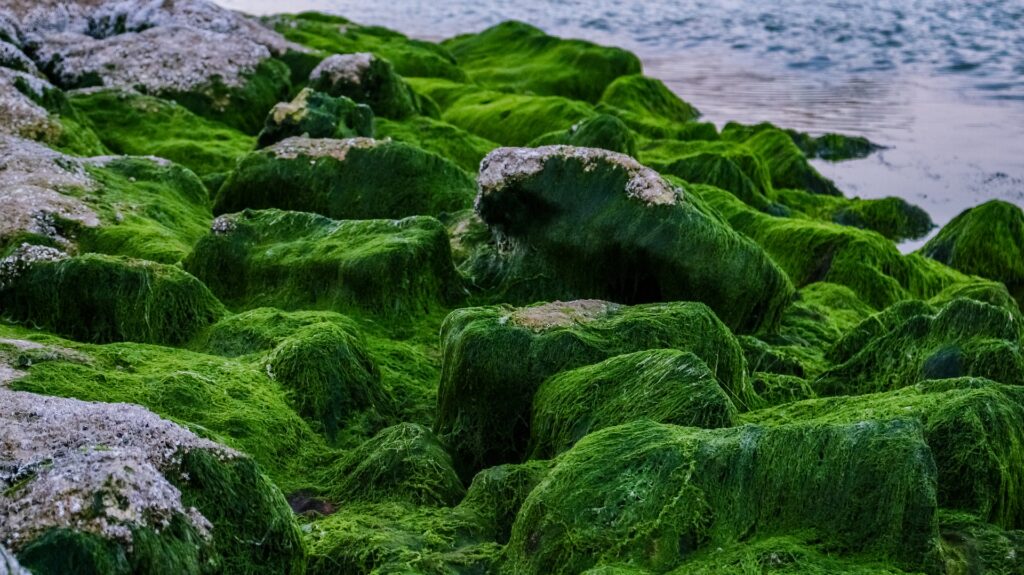Climate Change: Algae May Be Able to Help

The issue regarding change has been around since the early part of the 19th century. Scientists said the suspects were the natural greenhouse effect and changes in paleoclimate. By the late part of the 19th century, the climate would change due to greenhouse gas emissions. In the 1960s, the warming effect of carbon dioxide gas was high on the list of likely suspects. Scientists also believed that pollution would be a contributor to climate change.
What is climate change?
Almost everybody is talking about climate change, but do you actually know what it is? According to Science.org.au, it is the change in the pattern of weather. It also includes changes in ice sheets, land surfaces, and ocean that occur over very long time scales, typically around 30 years.
Weather – rainfall, wind, humidity, and temperature measured over hours or weeks, equates to the atmosphere’s state. Weather is affected by ice sheets, land surfaces, and oceans. The combination of the atmosphere and weather make up the ”climate system,” Climate represents the system’s statistical description.
Search for solutions
The increasing worldwide concerns regarding climate change push scientists to find solutions to slow down and reverse the damage caused by humans on the environment. One of the viable solutions scientists are looking at is the sequestration of carbon using algae.
Algae are made up of various aquatic organisms that can conduct photosynthesis, such as seaweeds, algal blooms, or pond scum. Unknown to many people, there are several and varied algae that are helpful to humans.

The promise of algae
Carbon dioxide makes up 79% of the emission of greenhouse gases. Carbon dioxide from the atmosphere can be removed by photosynthesis, which algae are capable of doing. Algae can turn carbon dioxide into oxygen and biomass.
Algae can quickly convert carbon dioxide into biomass. According to research, a kilo of algae can use 1.87 kilos of carbon dioxide each day. If there is an acre of algae, they will use about 2.7 tons of carbon dioxide daily. On the other hand, a one-acre forest of mature maple beech-birch trees will only use 2.18 kilograms each day.
There are proposals to harvest raw algal biomass and turn it into biofuel as a greener alternative. However, the technology for this option is not yet fully developed. It would require more research and innovation to allow the full-scale use of algal biofuel as the primary fuel source. Moreover, the cultivation of algae must be heightened.
Researchers identify several methods to increase algal cultivation, such as:
1. Open-ocean algal blooms
Although the open-ocean algal bloom method is the fastest and most economical as there are vast ocean spaces, it presents some risks. The method can produce massive amounts of algae and remove as much carbon dioxide as the number of photosynthesizing algae. Simultaneously, some scientists proposed harvesting the algal biomass, while others favor allowing the biomass to sink so that shellfish can utilize the stored carbon. But this method can present problems with the local ecosystem. The biomass can contaminate the water and become poison to fish and other sea creatures.
2. Photobioreactors
Another method that shows promise is the photobioreactor. The process involves growing algae in chambers where the growers can control the temperature, and nutrient and pH levels. The photobioreactors reduce evaporation, and the addition of nutrients increases the rate of capture of carbon dioxide. The process likewise water contamination and pollution. The prime drawback is the cost of building the photoreactor.
3. Algal Turf Scrubbing
Algal turf scrubbing is a new method to cultivate algae for the biofuel and agriculture industries. It involves using small wave generators to disturb the flat surface of algal floway to stimulate different algae species’ growth.
Toxic pollutants and heavy metals are immediately removed to ensure that the algal biomass is nontoxic. The product is utilized as primarily as fertilizer. Creators of the system believe that this method fits the agricultural industry as it cannot meet the demand if the product is used as biofuel.
The system’s drawback is the fear of not getting the resources and funding they need to cultivate algae effectively.
4. BICCAPS
BICCAPS or bicarbonate-based integrated carbon capture and algae production system proves to be very sustainable. The process involves recycling the bicarbonate that is produced by the algal capture of carbon dioxide. The bicarbonate is used to culture alkalihalophilic microalgae, effectively producing more algae and reducing algal biomass production cost for commercial use. The only drawback of this method is the low production of algae.
Algae is foreseen to help reverse the effects of greenhouse gases and other pollutants in the atmosphere. It eliminates carbon dioxide and stashes it as biomass, producing oxygen. Additional research is needed, but the potentials for algae to help fight climate change is becoming obvious. Algae are more effective at eliminating larger amounts of carbon dioxide than trees. Several companies are already utilizing algae to produce various useful products.